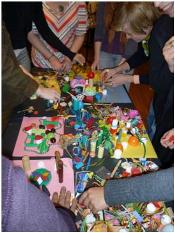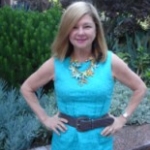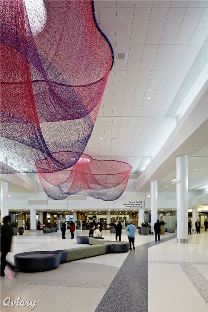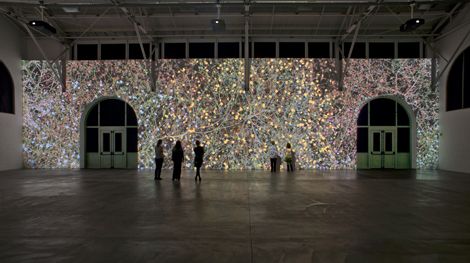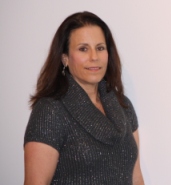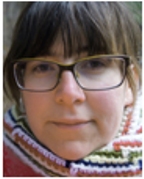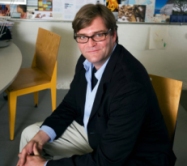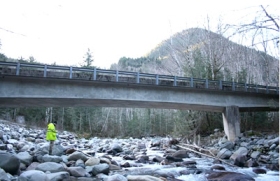
Brendan Greaves
Placemaking, Public Art, & Community Process: A Folklorist’s Perspective (Part 2)
Posted by Nov 10, 2011

Brendan Greaves
I just returned from several days in Wilson, NC, where I am assisting with the Vollis Simpson Whirligig Park Project. This ambitious project involves conserving twenty-nine of local artist Vollis Simpson’s monumental wind-powered kinetic sculptures and relocating them from a field outside his repair shop at a crossroads in rural Lucama to an expressly designed downtown sculpture park in nearby Wilson.
This weekend was the annual Whirligig Festival, a street fair inspired by the community’s affection for Mr. Simpson’s artworks, which already adorn several public locations downtown, providing an aesthetic identity and metereological indicator for Wilsonians.
Despite enthusiastic sanction and financial support from the National Endowment for the Arts, ArtPlace, the Educational Foundation of America, the North Carolina Arts Council, and many others, the true power of this remarkable placemaking project resides in its grassroots foundation.
The concept of using vernacular art to leverage investment in the community for the goal of cultural tourism and arts-driven economic development originated with local stakeholders concerned about both Mr. Simpson’s legacy (he is 92 and can no longer climb the 55-foot sculptures to grease bearings and repaint rusting surfaces) and the economic future of Wilson in a post-tobacco economy (Wilson once boasted the title of the world’s largest tobacco market).
Read More

